Formula E Cars Explained: Generations, Top Speed, Battery and More
Formula E Cars Explained: The 11 teams with 22 drivers will be racing on the Hyderabad Street Circuit in Round 4 of Formula E Season 9. Jaguar TCS Racing and Mahindra Racing are among the 11 teams to participate in the championship.
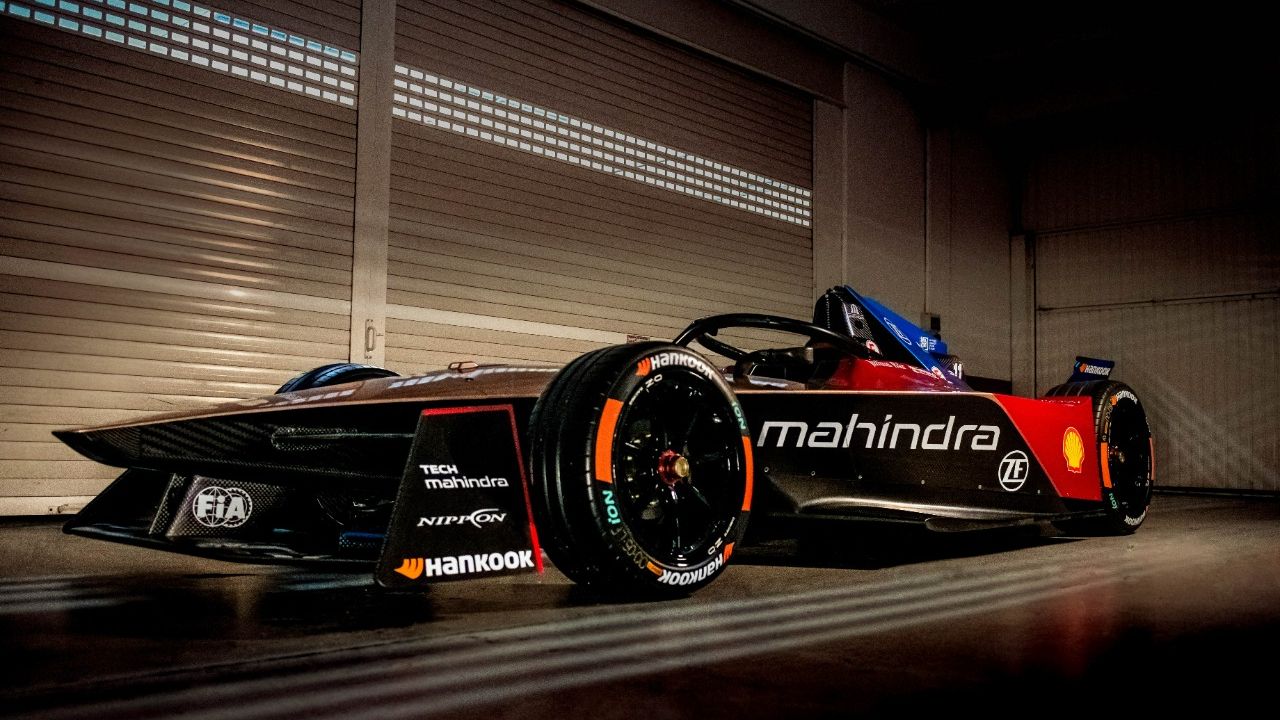
Formula E Cars Explained: The government of Telangana, in collaboration with the Fédération Internationale de l'Automobile (FIA), will host the fourth race of the 2023 ABB FIA Formula E World Championship on February 11. With Indian car brands making a push for green mobility, the time is opportune for Formula E to come to India. The event will feature a total of 11 teams, with 22 electric race cars competing on a 2.8-km-long street circuit in Hyderabad. The concept of the single-seat Formula E was born out of a casual conversation between FIA President, Jean Todt, and the founder of Formula E, Alejandro Agag, in 2011. The idea was also to support the transition from internal combustion engines to electric propulsion, and thus the ABB FIA Formula E Championship began in 2014.
In Round 4 of the 2023 edition of the championship, Mahindra Racing, Jaguar TCS Racing, Avalanche Andretti Formula E, TAG Heuer Porche Formula E Team, Maserati MSG Racing, DS PENSKE, NEOM McLaren, and others will be up against each other.
Also Read: Formula E: Format, Rules and Regulations Explained
The Jaguar I-TYPE 6 Gen3 will mark its debut in Round 4 of Formula E. The race car comes with both front and rear powertrains. Equipped with regenerative braking technology, it will have no need for traditional rear brakes. It’s 74kgs lighter than I-TYPE 5. It can accelerate from 0 to 100km/h in just 2.8 seconds and has a claimed top speed of 321km/h. It comes with Carbon Black, Satin White, and Gold accents.
The Jaguar I-TYPE 1 and the I-TYPE 2 Gen1 race cars were used in Seasons 3 and 4 of Formula E, respectively. With a claimed top speed of 225km/h, they could accelerate from 0 to 100km/h in 3 seconds and deliver 268bhp of maximum power. Gen2 cars were introduced in 2018 – the I-TYPE 3 and the I-TYPE 4 had a top speed of up to 280km/h and produced 335bhp of maximum power.
During the seventh season of the series, the Jaguar I-TYPE 5 was unleashed on the circuit. It was equipped with a state-of-the-art in-house powertrain.
All set to make its debut with the I-TYPE 6 in Season 9 Formula E, the Mahindra M9Electro was unveiled by Mahindra Racing at the Valencia pre-season test in December last year. For the upcoming season, the M9Electro appears to have a new red and copper livery, inspired by Mahindra's Born Electric platform design language. Mahindra claims that it’s the most powerful electric race car ever built – 60kgs lighter than its predecessor, the Gen3 electric car is 134bhp more powerful, at 469bhp, and has a top speed of 322km/h.
At the inaugural race of Formula E in 2014, Mahindra Racing Team raced the Spark-Renault SRT 01E on the circuit. Then came the M2Electro and the M3Electro. All three Gen1 race cars could produce 270bhp of power. The M5Electro, M6Electro, M7Electro Gen2 cars had a battery that could store 52kWh of power, which gave the cars more power and speed. The Attack Mode, an addition in Gen2 cars, increased the power by 40bhp, which was sufficient to overtake cars and make quick passes.
Avalanche Andretti Formula E Team and TAG Heuer Porche Formula E Team are Porsche-powered teams, which are to push for the Porsche 99X Electric Gen3 car. Both teams will run the Weissach-developed Porsche 99X Electric cars at the street circuit of 2023 Formula E.
Following Porsche's tradition, the Porsche 99X Electric car gets the traditional Porsche Motorsport colours. The Porsche 99X Gen3 uses the 800V technology, which can also be found in Porsche's Taycan electric car. The 99X Electric, according to the manufacturer, will serve as a platform in the future to develop other electric models.
The first Porsche fully-electric race car made its debut in the 2019-20 Formula E championship. The Porsche 99X Electric Gen 2 used a standard battery that could store 52kWh of power and produced 335bhp of maximum power. The Gen2 also had the same 800V powertrain technology as the 99X Electric Gen3.
Nissan e-4ORCE, in its new Cherry Blossom livery, is also preparing for the Formula E World Championship. It is a new single-seat concept car with Nissan's new e-4ORCE all-wheel drive (AWD) technology. It comes with a twin-motor setup (65kWh, 90kWh, and 90kWh). According to Nissan Motor, the race car is based on the Nissan Ariya, its first all-electric crossover SUV. The entry-level AWD model (65kWh) offers a driving range of up to 340 kilometres.
As for the Nissan Formula E Team, it joined the all-electric racing championship in 2018-19. While the standardised chassis and battery pack were used, the Nissan LEAF Gen2 entered Formula E with its in-house powertrain, including motor, battery, inverter, gearbox, and more. In season 7, Nissan announced its commitment to the Gen3 era.
Also Read: Formula E Hyderabad e-Prix: Tickets, Venue, Schedule and Other Details
And then there is the French luxury carmaker's DS E-TENSE FE23. In black and gold livery, the E-TENSE Gen3 car comes with a new front drivetrain, increasing the regeneration capacity to a total of 600kWh. Weighing 840kgs, it is said to generate 469bhp of maximum power output. The race car has been developed by DS Performance, the racing division of DS Automobiles. DS PENSKE Team will race the E-TENSE Gen3 at the marquee event.
Looking back, DS Automobiles entered Formula E in 2015 with its E-TENSE Gen1 car, with 268bhp of power. The end of 2018 marked the beginning of E-TENSE Gen2 cars, equipped with a 54kWh battery and capable of producing 335bhp of maximum power. Aside from a revised chassis and a new aerodynamic package, the cars were equipped with new tyres, a new battery, and 'halo' cockpit head protection.
We will have also the Maserati Tipo Folgore and the NIO 333 ER9 race cars at the upcoming Formula E.
In comparison to Gen1 and Gen2 race cars, the Gen3 race cars are well-known for their top speed of 321km/h. They are lighter and more powerful than the previous generation of electric single-seaters. Equipped with the four-wheel-drive system, they get an additional front powertrain without hydraulic rear brakes. They are capable of delivering a power output of up to 469bhp.
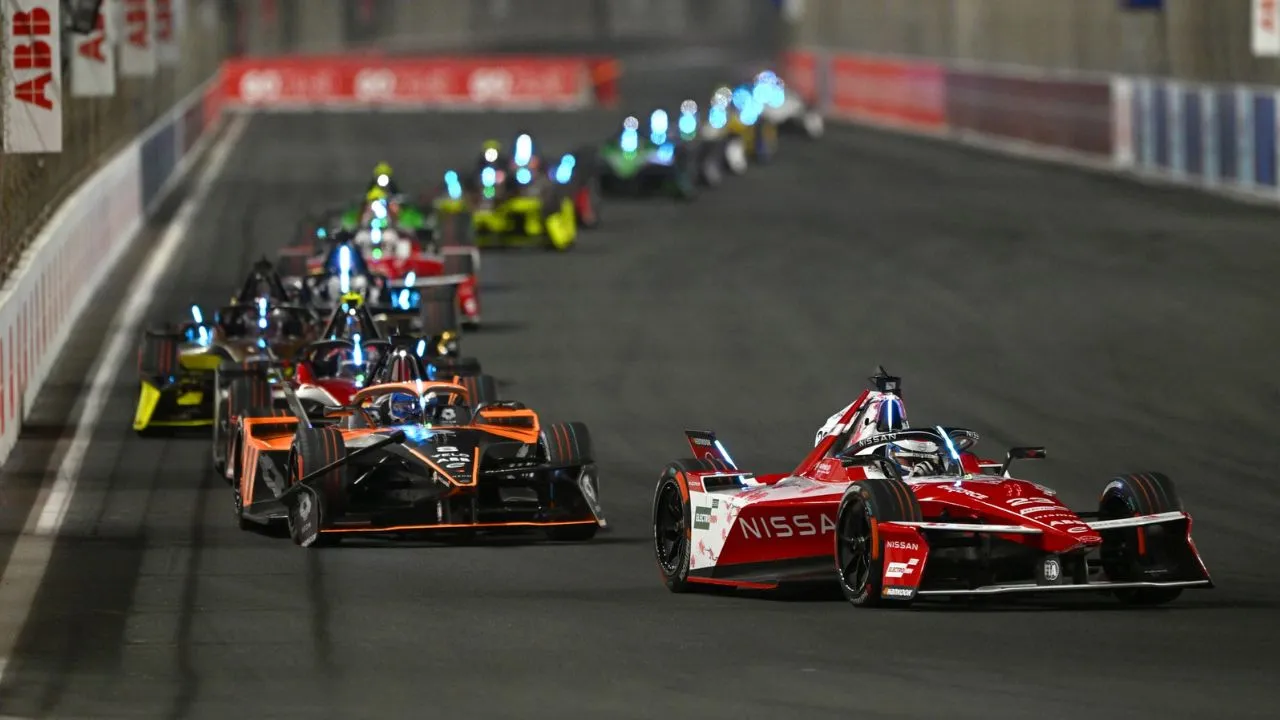

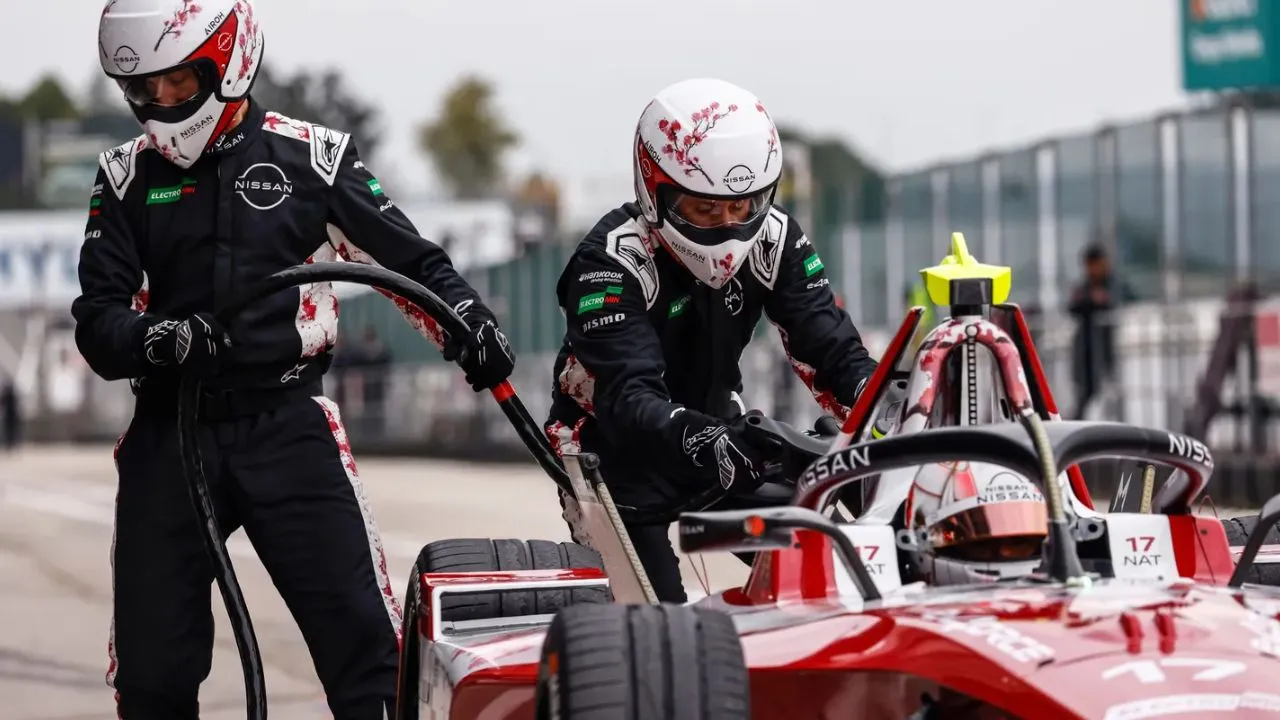
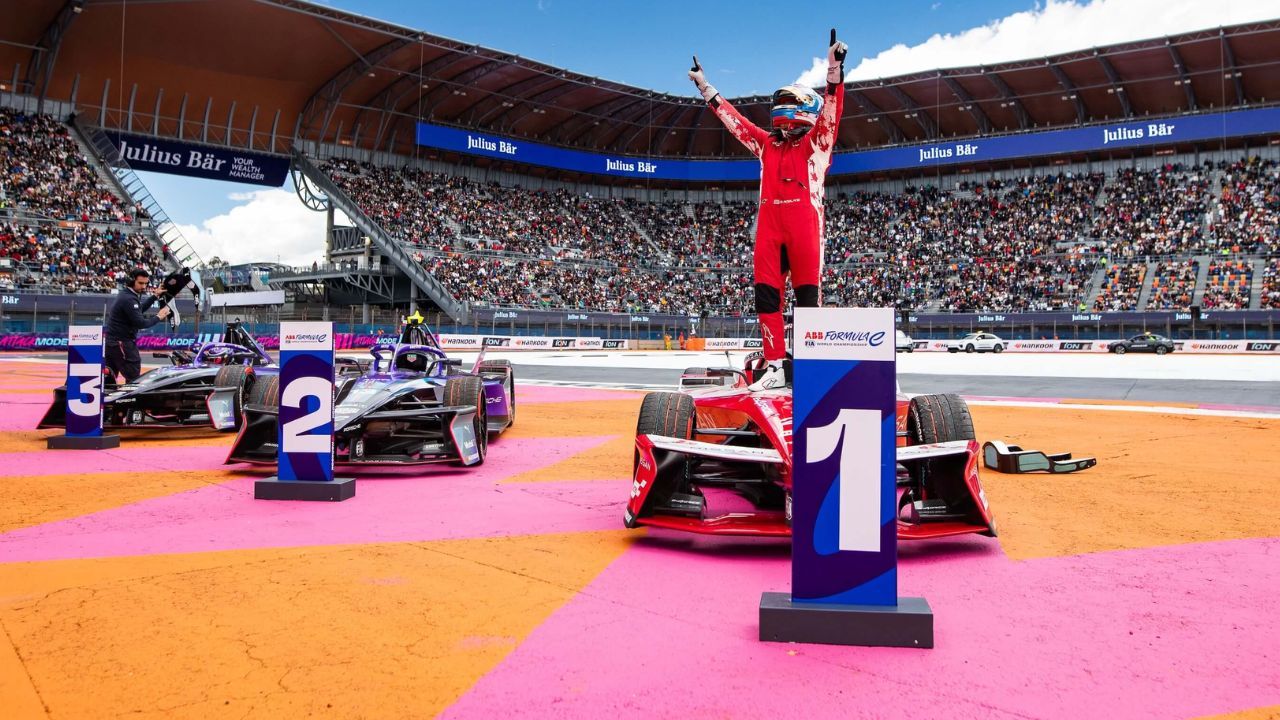

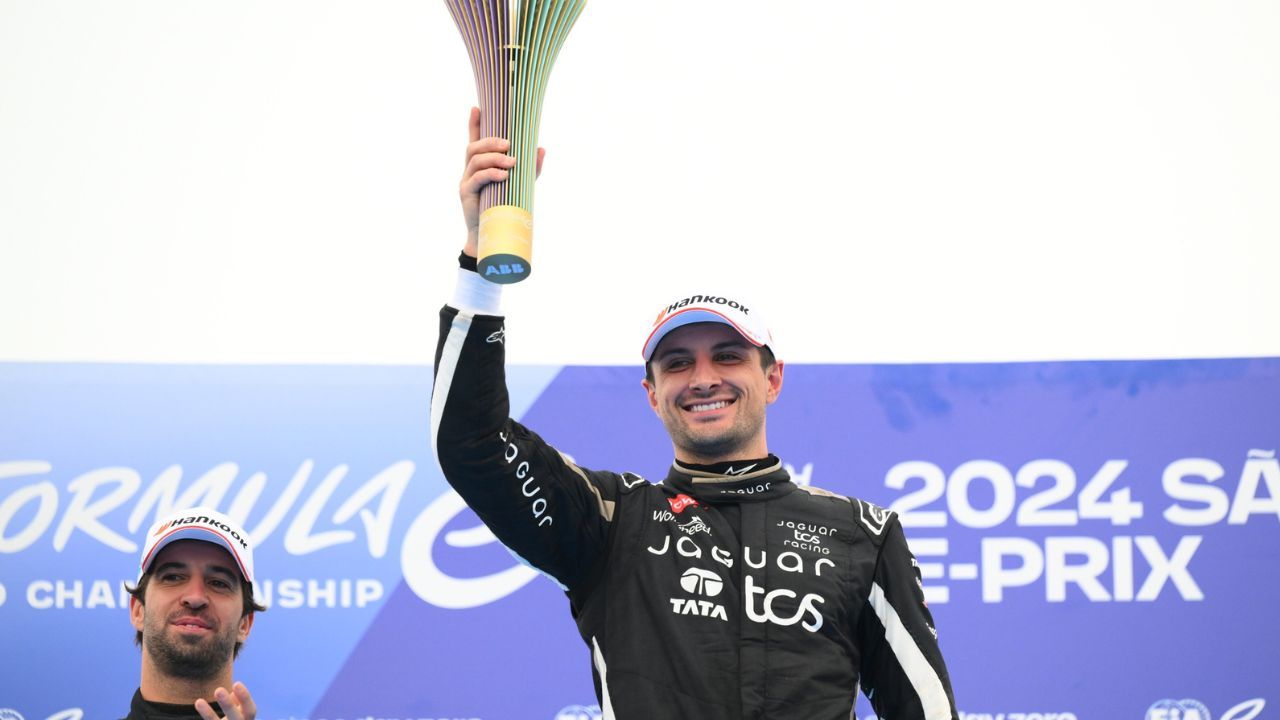






.webp)
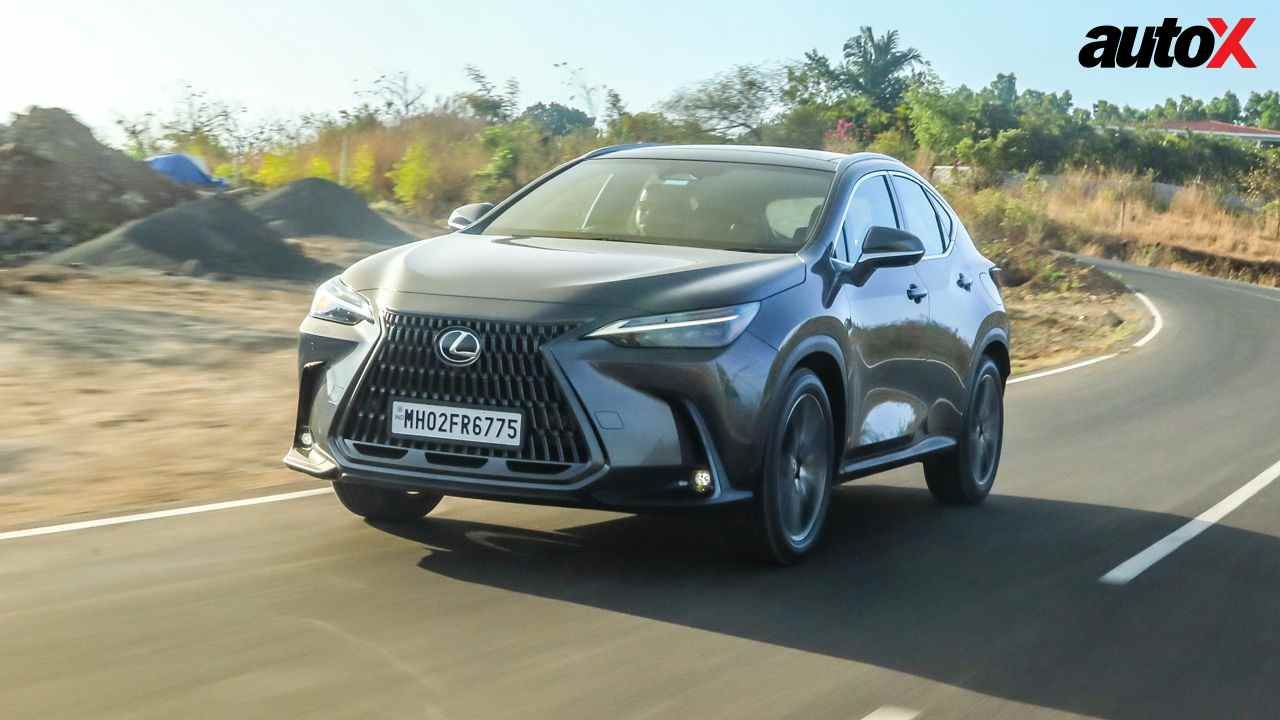
.webp)

Write your Comment on